Turkaegean Way of History: Discovering the must-see ancient sites on the Aegean coast
The Aegean outshines with its several sights of universal historical value and continues to be a multilayered cultural landscape that attracts thousands of visitors all year-round.
Aphrodisias
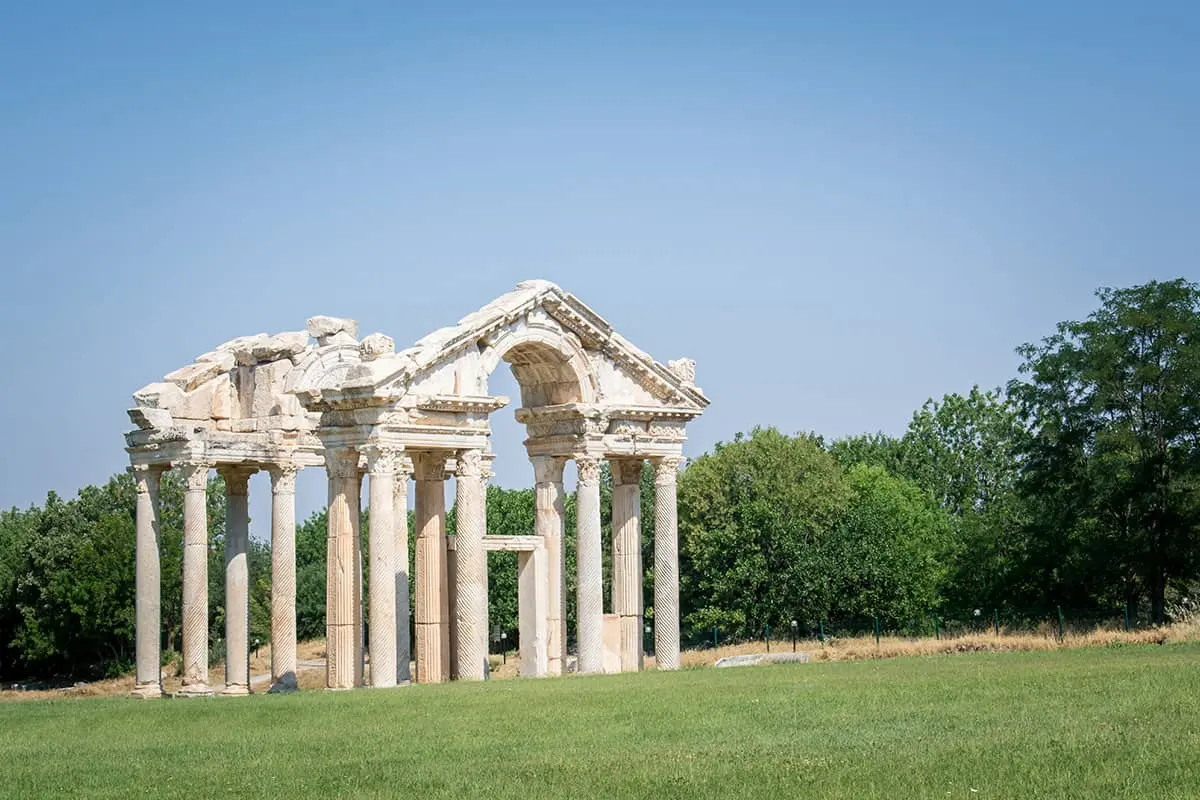
Located in Aydın’s Geyre village, Aphrodisias and its marble quarries are amongst Türkiye’s most significant archeological sites. The site’s large temple, which was dedicated to Aphrodite and has come to be the symbol for the city’s ancient glamour, dates from the 3rd century BCE, a century before the city and its marble quarries were constructed. The site is located on a fertile terrain as it’s fed by the Morsynus River. It was home to the Cult of Aphrodite and was the capital of Caria, a much renowned Anatolian state.
Smyrna Agora
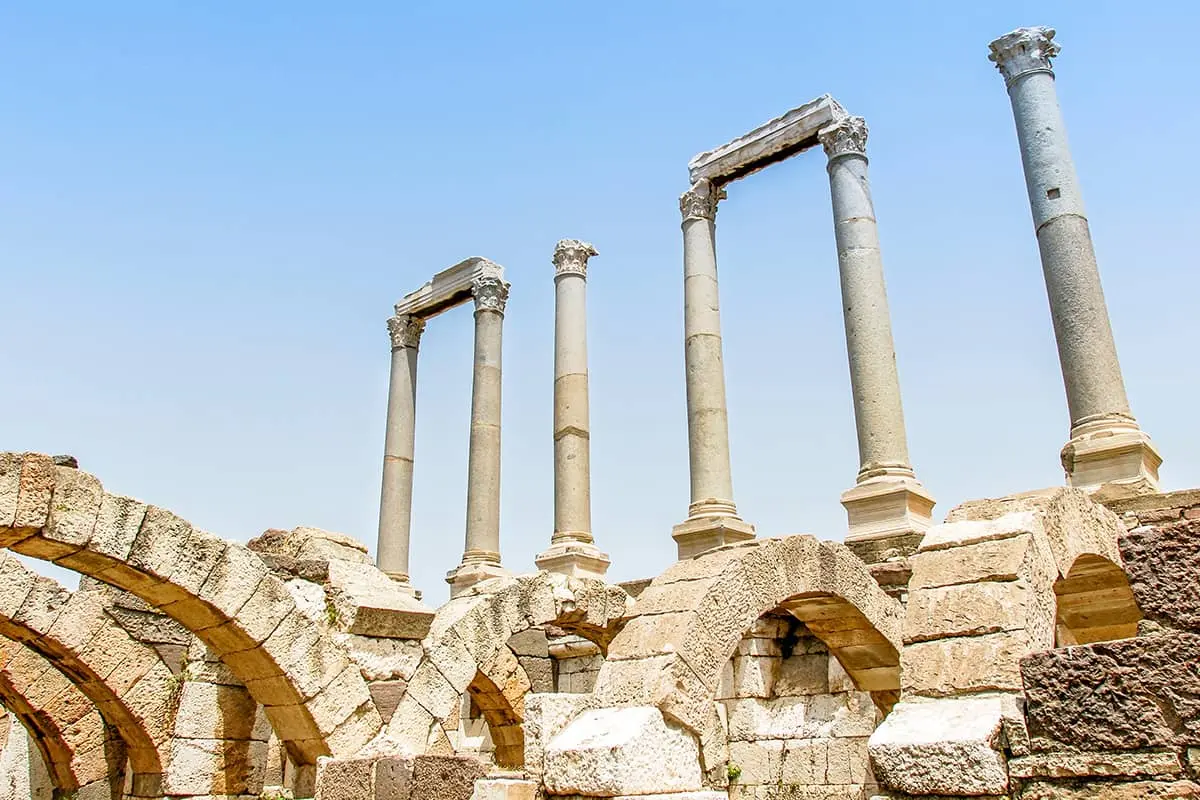
Smyrna Agora, modern Bayraklı in the city of Izmir, covers a rectangular area as would befit the grid city layout of the region. It bears the traces of the Hellenistic, Roman, Eastern Roman, Beylik (Principalities), and Ottoman periods. It also carries religious importance in that the Port was visited by two chief apostles, St. Paul and St. John, and was home to one of the seven churches of revelation.
Port cities of the ancient world usually have at least two agoras. The second agora of Smyrna is unfortunately unknown to us though we could easily guess that it would lie closer to the port and be more engaged with the city’s commercial affairs whereas the surviving Agora would serve as the city’s administrative centre.
The structures in Smyrna Agora are believed to have been first built between the late 4th and early 3rd centuries BCE as part of the first construction projects of the city. The city’s centre is surrounded with Portikos, structures to shelter people from extremely warm or cold weather or heavy rain. Its patio is home to several monuments and altars, and exedras (seats) made from marble.
Didyma
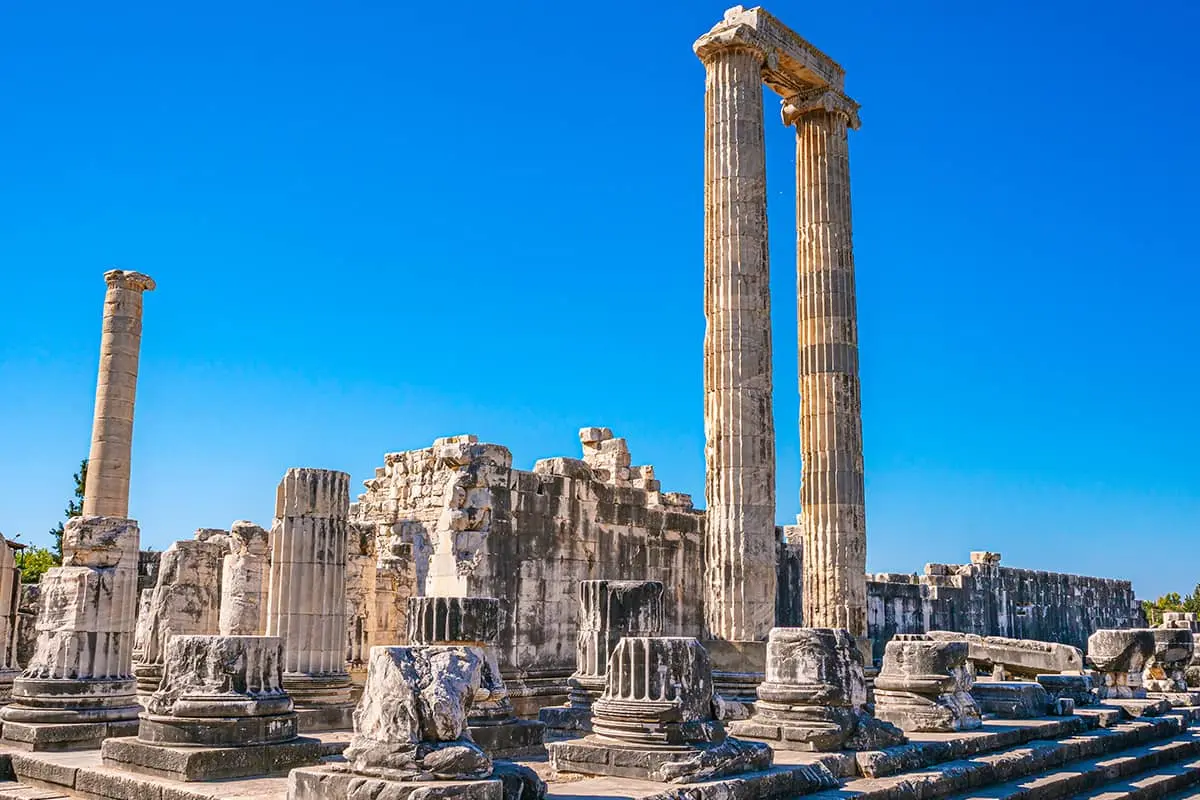
Located on what was once called the Sacred Way, which connected it to Miletus, Didyma was not a city but a place of worship. It was well renowned in antiquity because of its famed oracle, meaning a prophetic prediction, and the colossal Temple of Apollo. The Temple, the third-largest temple of the ancient world, known as the Didymaion, consists of three layers, the earliest of which dates back to the 9th millennium BCE. The oracular practice that was observed here is unfortunately almost unknown to us though we have some information. We know, for example, that inquiries and answers were written down here, as opposed to Delphi, thanks to some written evidence that proves it. It’s also believed that the oracle, a gateway to knowing the will of the gods here was the most influential after the one Delphi.
Ephesus
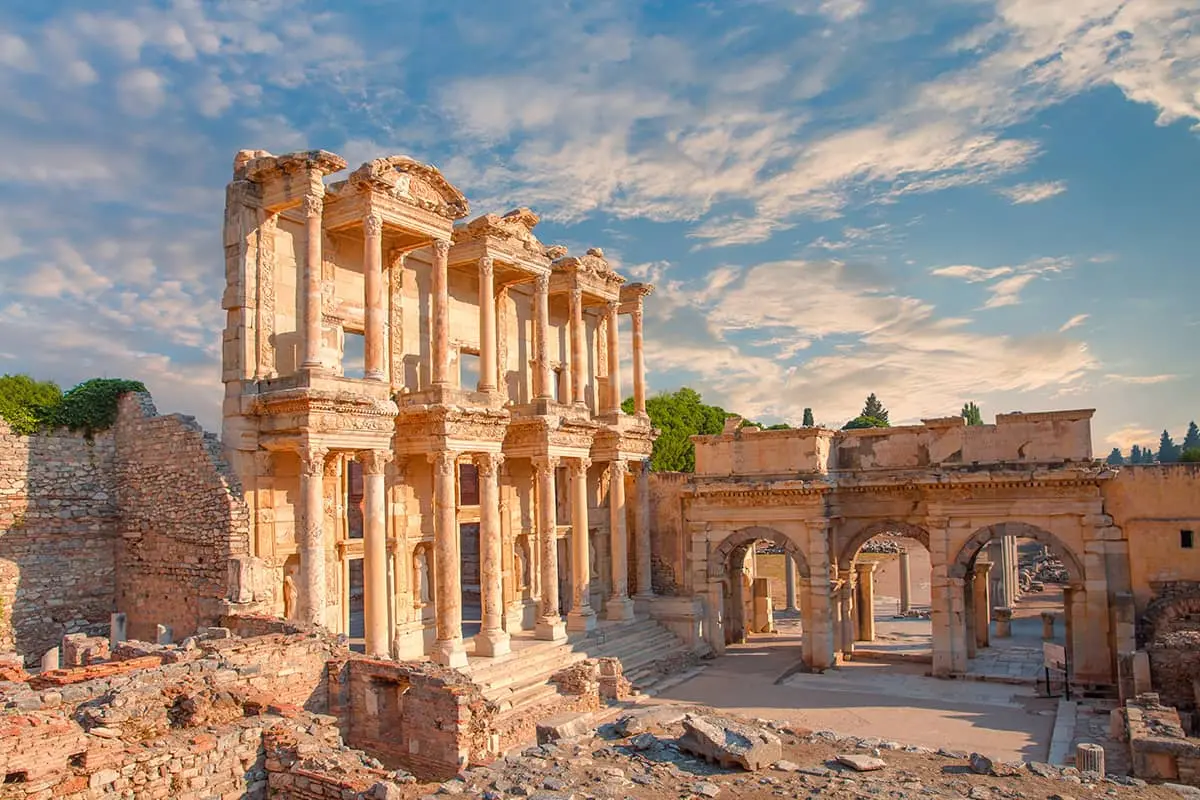
A UNESCO World Heritage site that lies among some lush green olive groves, the ancient city of Ephesus was a seaport that witnessed the journey of mankind toward a more settled life since the Neolithic age onward. It falls in the seaside province of İzmir on the Aegean coast and dates back to the 7th millennium BCE. The site’s heyday, however, can be dated around the 20s BCE when it served as a Roman capital.
Ephesus comes with a whole lot of religious importance as the two most prominent councils of Christianity took place precisely on this land and as St. Paul visited the site twice to conduct his missionary purposes. After Jesus had been crucified, St. John and Virgin Mary also came to this site, which was destined to become their last residence in life. More, Ephesus is amongst the Seven Churches of Revelation mentioned in the Bible.
Hierapolis
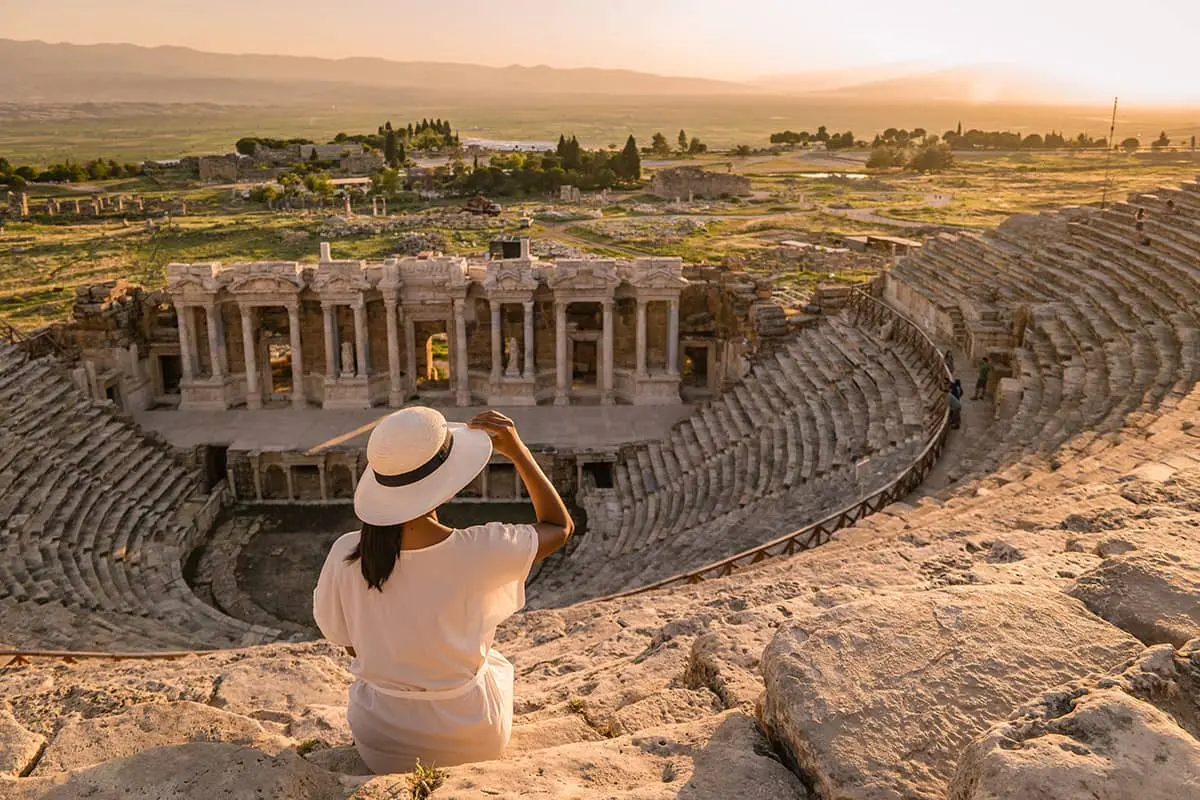
Among the most famous and commonly visited ancient sites of the Aegean is Denizli’s Hierapolis, which was listed as a UNESCO’s World Heritage Site in 1988.
The site is believed to have been founded by the Attalid kings of Pergamon at the end of the 2nd century BCE and named after the wife of Pergamon’s legendary founder Telephos, Hierapolis means exactly “the divine city”.
It’s home to rich archaeological heritage such as baths, temple ruins, a monumental arch, a necropolis, and a theatre. The theatre of the city is notable for its frieze which depicts the ritual processions, Dionysos, the birth of Apollon and Artemis and many more.
Kaunos
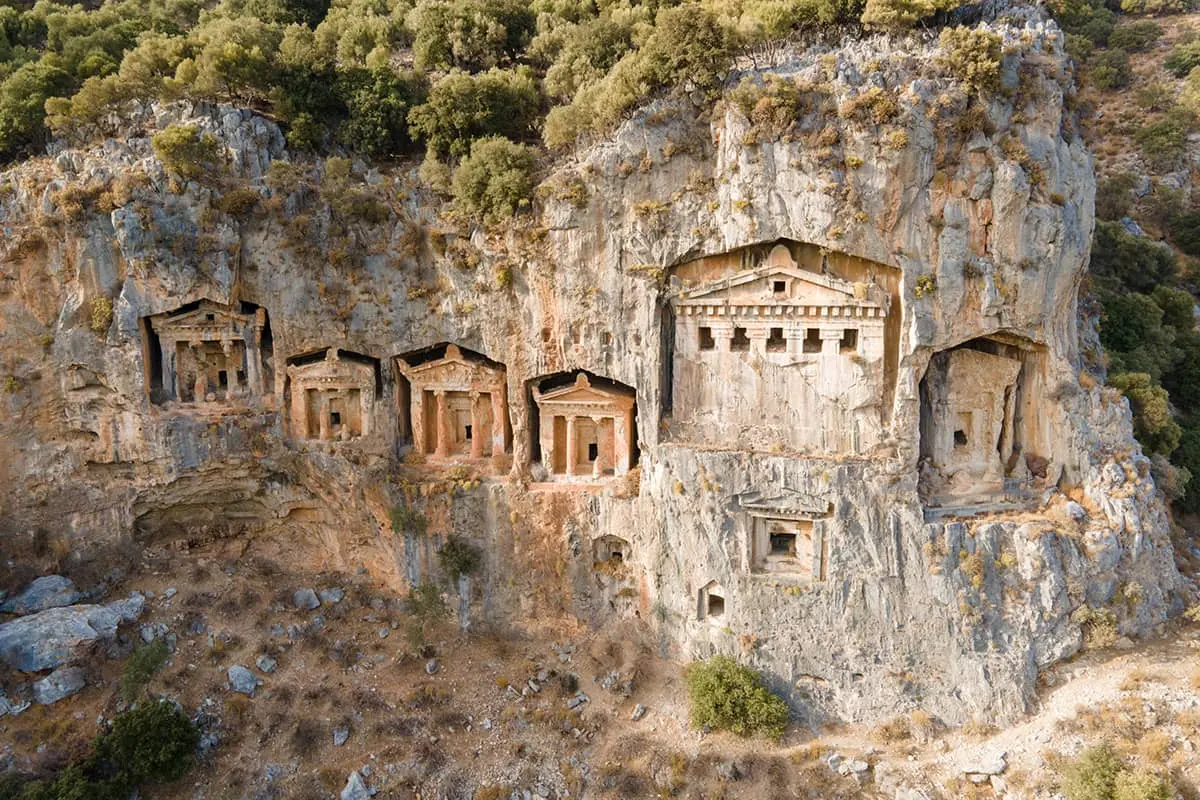
Kaunos refers to an archeological site that served as a significant port city in ancient times but lost this feature as alluvial deposit coming from the sea filled its basin and separated it from the present-day Sülüklügöl (Lake with Leeches).
The site is known primarily for its rock tombs which are believed to have been constructed in the 4th century BCE and can be seen from Dalyan as you take a cruise down the Aegean sea. These Lycian-style tombs consist of three rock beds, and they have an ornamented façade.
Miletus
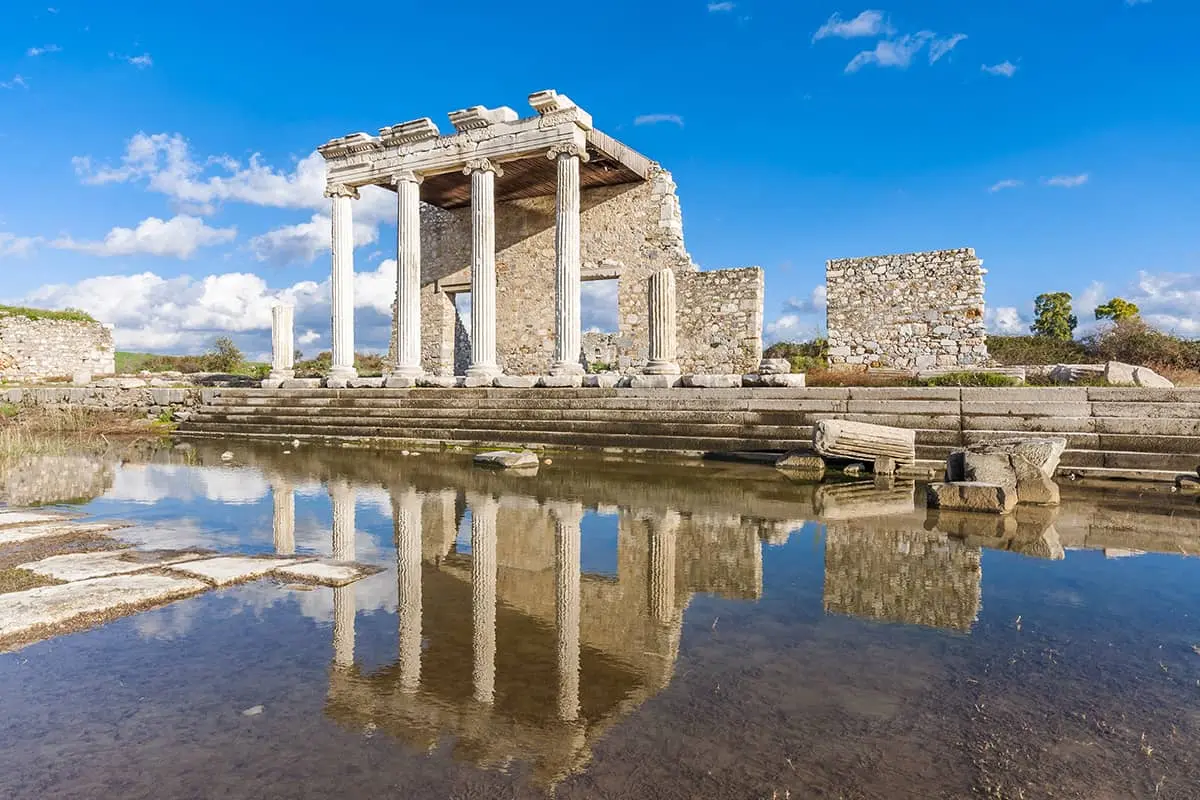
Situated in Aydın’s present-day Söke district, the ancient seaport of Miletus dates back to the Neolithic period and holds onto its significance as the focal point of the history of philosophy. It was here that the foundations of rational thought, geometry, and astronomy were laid. Thales, Anaximenes, Anaximandros, Isidoros, one of the architects of Hagia Sophia, and Hippodamus, who was known as the “Father of City Planning” since he invented the grid urban pattern, lived here. Though the city owed its fame in large part to its port, its connection to the Aegean Sea broke out when Büyük Menderes River (Meandres) filled the basin with some alluvion deposit. The 15,000-seat ancient theatre is amongst the main attractions of the site.
Pergamon

Located on the Aegean coast, in İzmir’s present-day Bergama district, Pergamon Ancient City once served as the capital of the Hellenistic Attalid dynasty. Its theatre which is situated on a sloping terrain surrounded by an extensive city wall, is in fact the steepest of the ancient world and offers perfect seascapes.
Pergamon’s classical splendour was reflected in the city’s architecture, art, medicine, culture, and education. The invention of Pergamenese Paper, known also as parchment, made the Library of Pergamon, the second largest of the ancient world, challenge the Library of Alexandria with its collection of over 200,000 books.
Priene
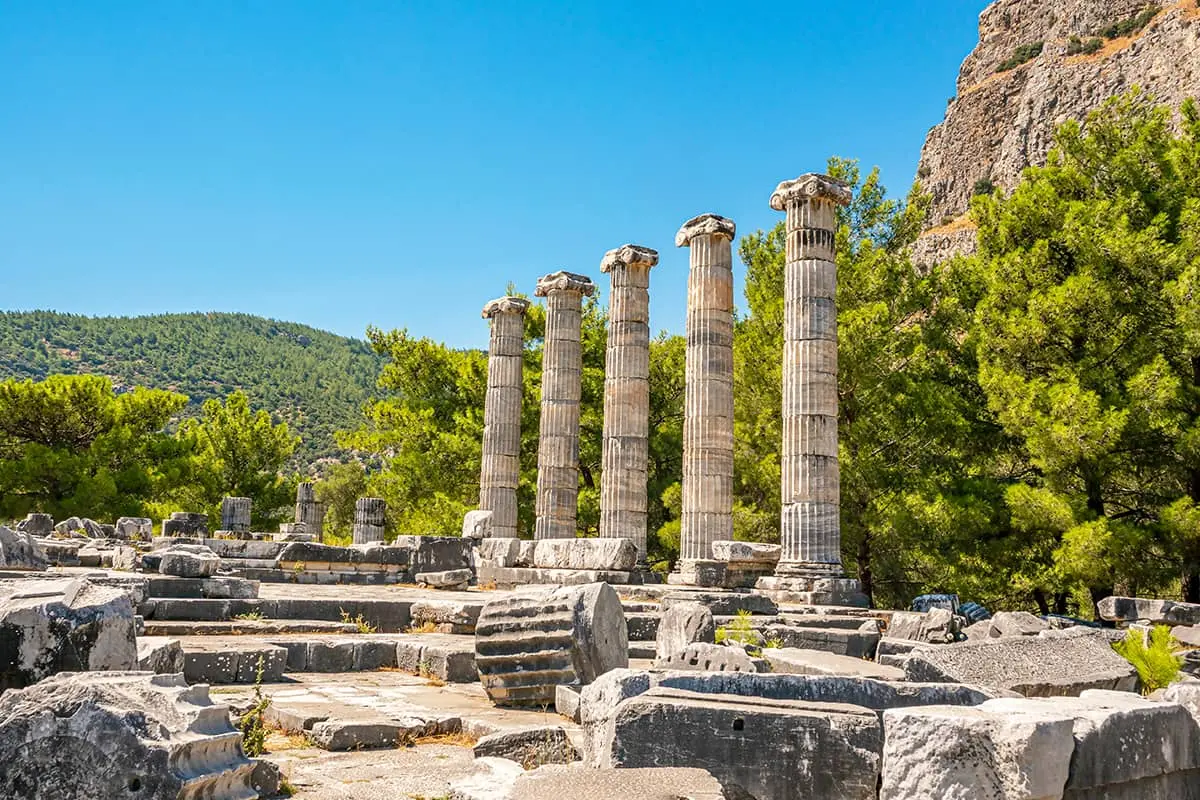
Situated 10 kilometers from the Aegean Sea, on a forested slope between the towering cliffs of its acropolis, the ancient city of Priene is steeped in history as an ancient city of Ionia. It gets its name from the Luwian word for “Citadel.” Its well-preserved structures and urban layout are quite famous as the latter is thought to be one of the earliest examples of city planning – the earliest example of grid layout, to be precise. The city’s remnants lie on successive terraces that rise from a plain, and we might therefore say that it’s not an easy terrain.
The site’s landmarks include a theatre, an agora, a stoa, the Temple of Demeter, the Temple of Athena (Athena Polias), the Temple of Zeus, the Bouleuterion, a gymnasium, and a stadium, the last two of which lie in the lowest section. The ruins of a Roman-era synagogue, which date back to a later period, are also amongst the must-see remains of the site. The latter stands out as an extremely find as it was built into a private home. This and the early Christian church that is situated near the theatre prove that Priene’s religious practices underwent several changes over time.
Sardes
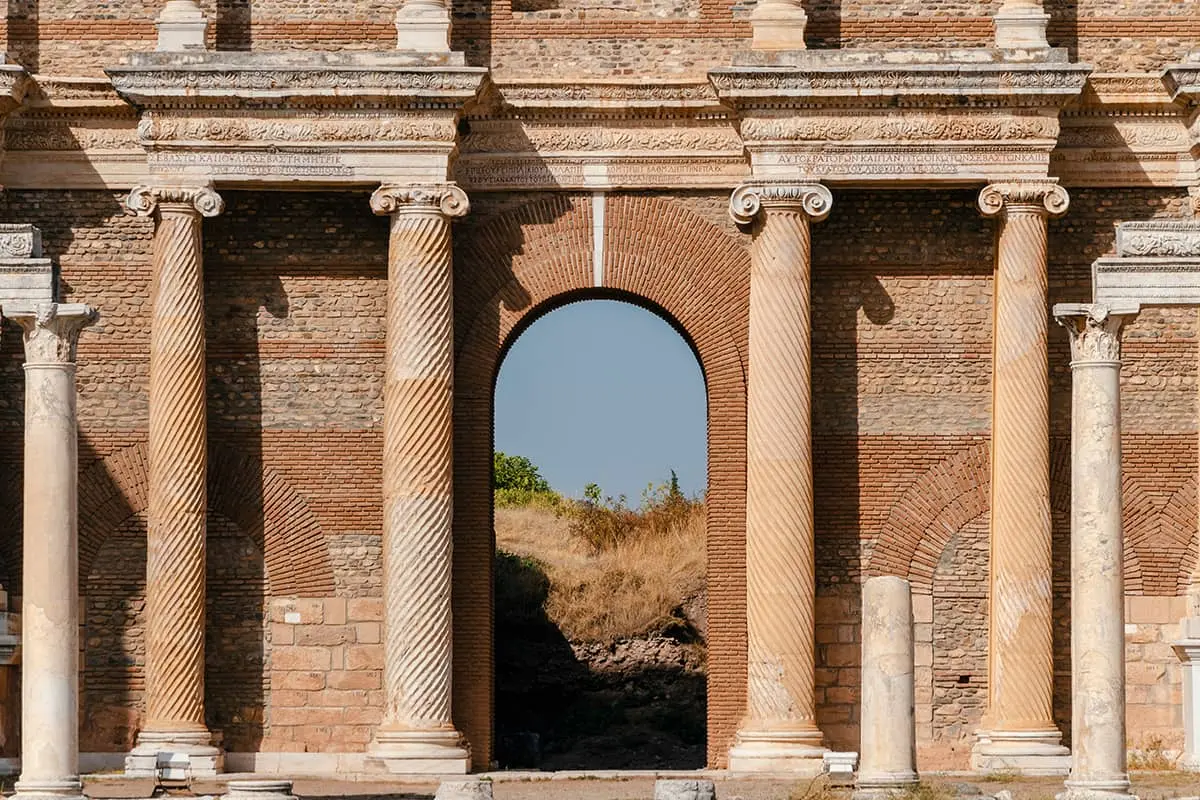
Sardes refers to the ruined capital of ancient Lydian Kingdom where the money was invented. Located in the privileged location where it is surrounded by the fertile plain of the Gediz River, it was dominated by the ancient acropolis. It also became an important Christian centre, the site of one of the Seven Churches of Revelation. The major buildings and building complexes of the site include its well-preserved Lydian houses, late Roman houses, the Temple of Artemis, which is the fourth-largest Iconic temple in the world, an ancient bath-gymnasium complex, the theatre, and the synagogue, the largest in the ancient world.
